Mapo Tofu Udon is the ultimate comfort food mash-up that brings together the bold heat of Sichuan cuisine and the cozy, slurpable warmth of Japanese udon.
Mapo tofu and udon are two of my absolute favorite comfort foods. Each so different yet equally satisfying. I wanted to bring them together in one bowl, combining the bold, spicy flavors of mapo tofu with the chewy, comforting texture of udon noodles for the perfect fusion of heat and heartiness.
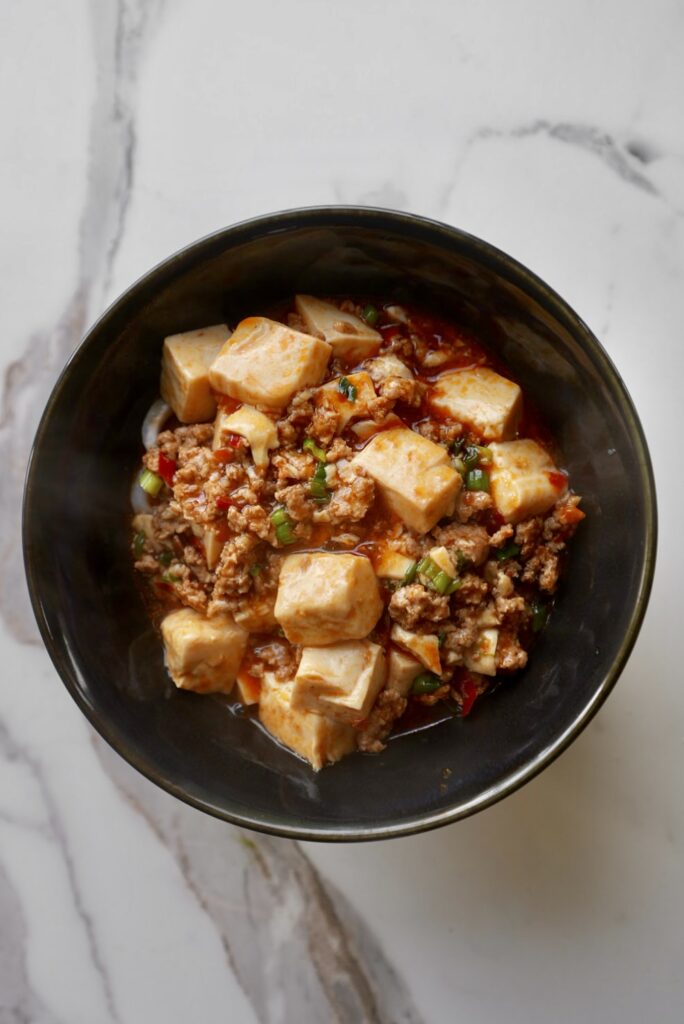
At its core, it’s a twist on classic mapo tofu – a fiery Chinese dish made with soft tofu, minced pork, and a sauce rich with doubanjiang (fermented chili bean paste), soy sauce, and a touch of numbing Sichuan peppercorns. Instead of serving it over rice, this version swaps in thick, chewy udon noodles that soak up every drop of that savory, spicy sauce.
The combination works beautifully because of texture and balance. The silky tofu contrasts with the bouncy noodles, while the minced pork adds a savory depth that ties everything together. The sauce clings to the udon just enough to coat each bite, making it both hearty and satisfying without being too heavy.
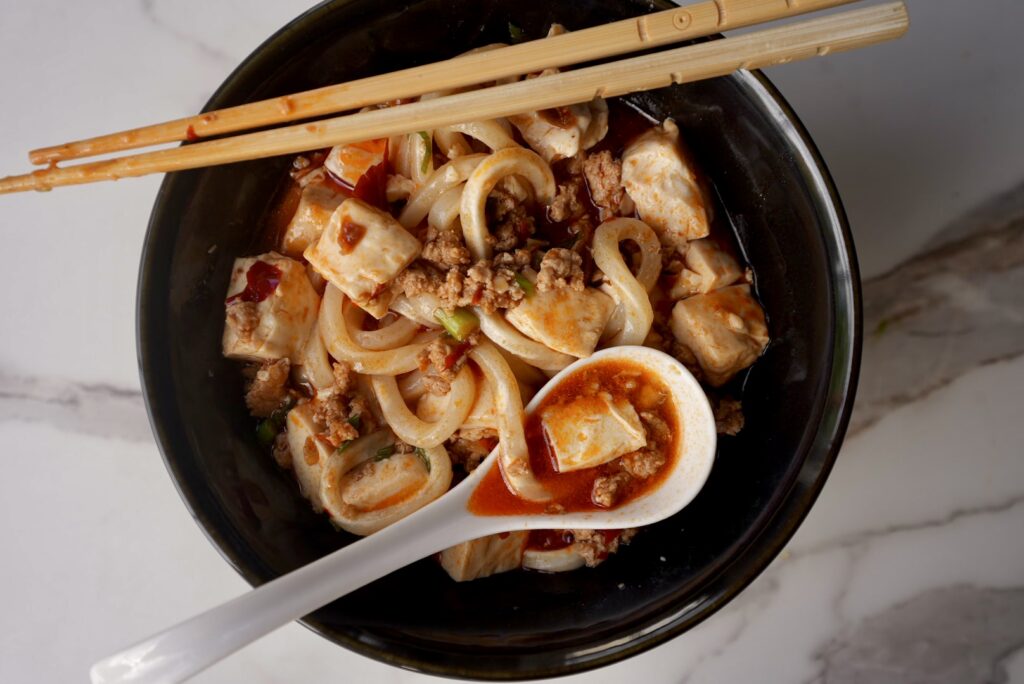
For those who love heat, it’s easy to dial up the spice, but you can also mellow it out with a drizzle of sesame oil or a spoonful of chili crisp for extra fragrance and crunch.
What makes Mapo Tofu Udon so appealing is how seamlessly it blends two culinary traditions. It’s Japanese comfort with Chinese intensity. Whether served as a quick weeknight dinner or a cozy meal on a chilly evening, it’s a perfect example of how fusion cooking can highlight the best of both worlds.
What is Udon?
Udon is a popular type of Japanese noodle made from wheat flour, water, and salt, resulting in a thick, chewy texture that’s perfect for soups and stir-fries. Udon noodles are a staple in Japanese cuisine, loved for their versatility and comforting qualities, making them a go-to ingredient in many Asian households.
In grocery stores, udon noodles can typically be found in the international or Asian foods aisle. Fresh udon is often found in the refrigerated section, sometimes near the tofu or other Japanese ingredients. Dried udon noodles, which can be stored for longer periods, may be found in the same aisle or in the dried noodle section. I do not recommend using dried udon noodles for this dish, however, as they have a different texture when cooked.
For more authentic options, Asian grocery stores like H Mart, Mitsuwa Marketplace, or local Japanese markets offer a wide variety of udon. Online retailers, such as Amazon and specialty Japanese ingredient sites, also provide a range of udon noodles for easy delivery.
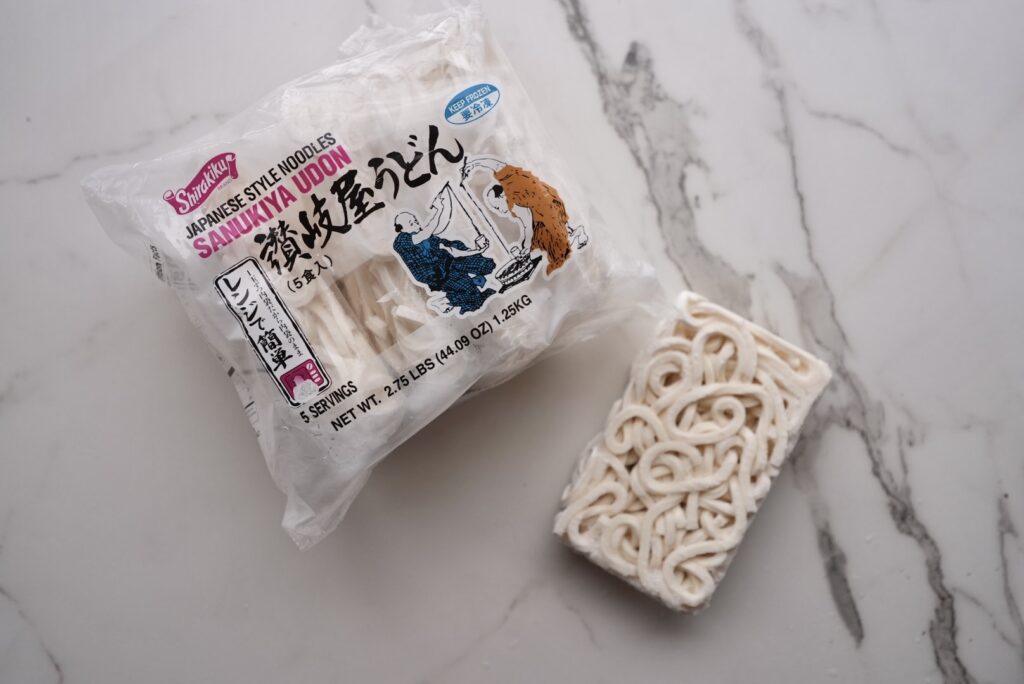
Sauce Ingredients
Here’s a quick rundown of each ingredient of Mapo Tofu sauce, and what it adds to the dish:
- Doubanjiang (chili bean paste): Pictured – a salty, spicy fermented bean paste that’s the foundation of classic Mapo Tofu flavor.
- Szechuan peppercorns or peppercorn oil: Optional but highly recommended for the signature numbing, tingling sensation that sets this dish apart. I touch on this ingredient more in the next section.
- Broth: Adds depth and richness to the sauce.
- Soy sauce: Provides saltiness and umami.
- Mirin: A slightly sweet Japanese rice wine that balances out the heat and salt.
- Sesame oil: Adds a nutty aroma and smooth finish.
- Sugar: Enhances the sweetness and balances the savory elements.
- Cornstarch (optional): Helps thicken the sauce.
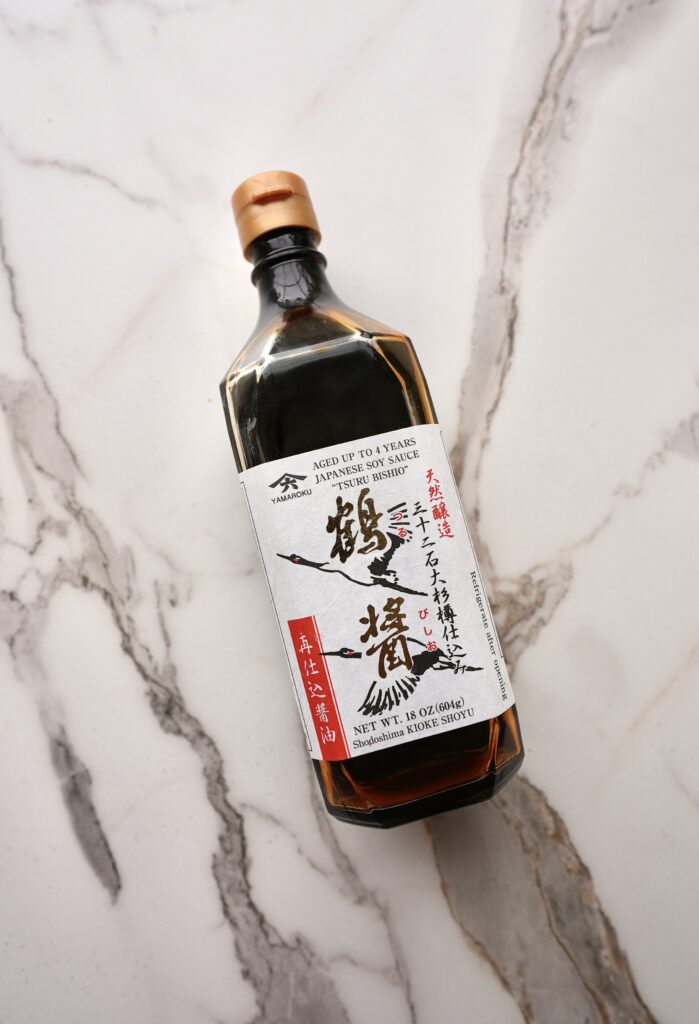
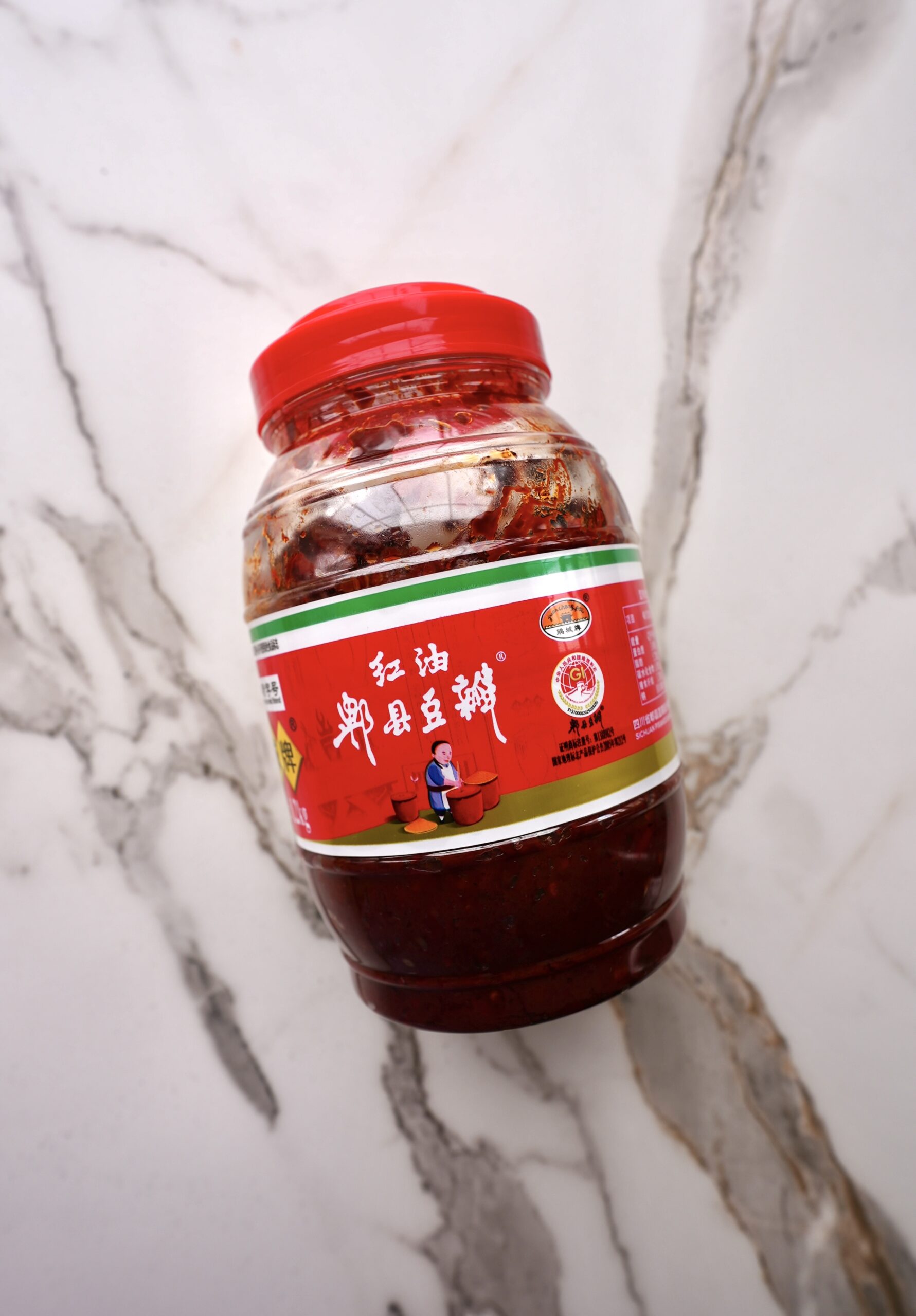
Where to Find High-Quality Szechuan Peppercorns
What sets this dish apart for me is the Szechuan peppercorns. They’re optional, but so so good. These tiny reddish-brown spices create a unique tingling, numbing sensation that’s oddly addicting. But not like a dentist’s numbness.
High-quality Szechuan peppercorns can be difficult to find, even from Asian markets. I like 50 Hertz’s. They’re the most authentic I’ve found outside of China. They also have oils, peanuts, chocolate, popcorn, and more, that all impart the numbing sensation.
The easiest way to add Szechuanese peppercorns to this dish is using their oil as a finishing oil that you drizzle on. But their peppercorns are also easy to use! Just grind them onto your food after toasting the peppercorns to activate the spice.
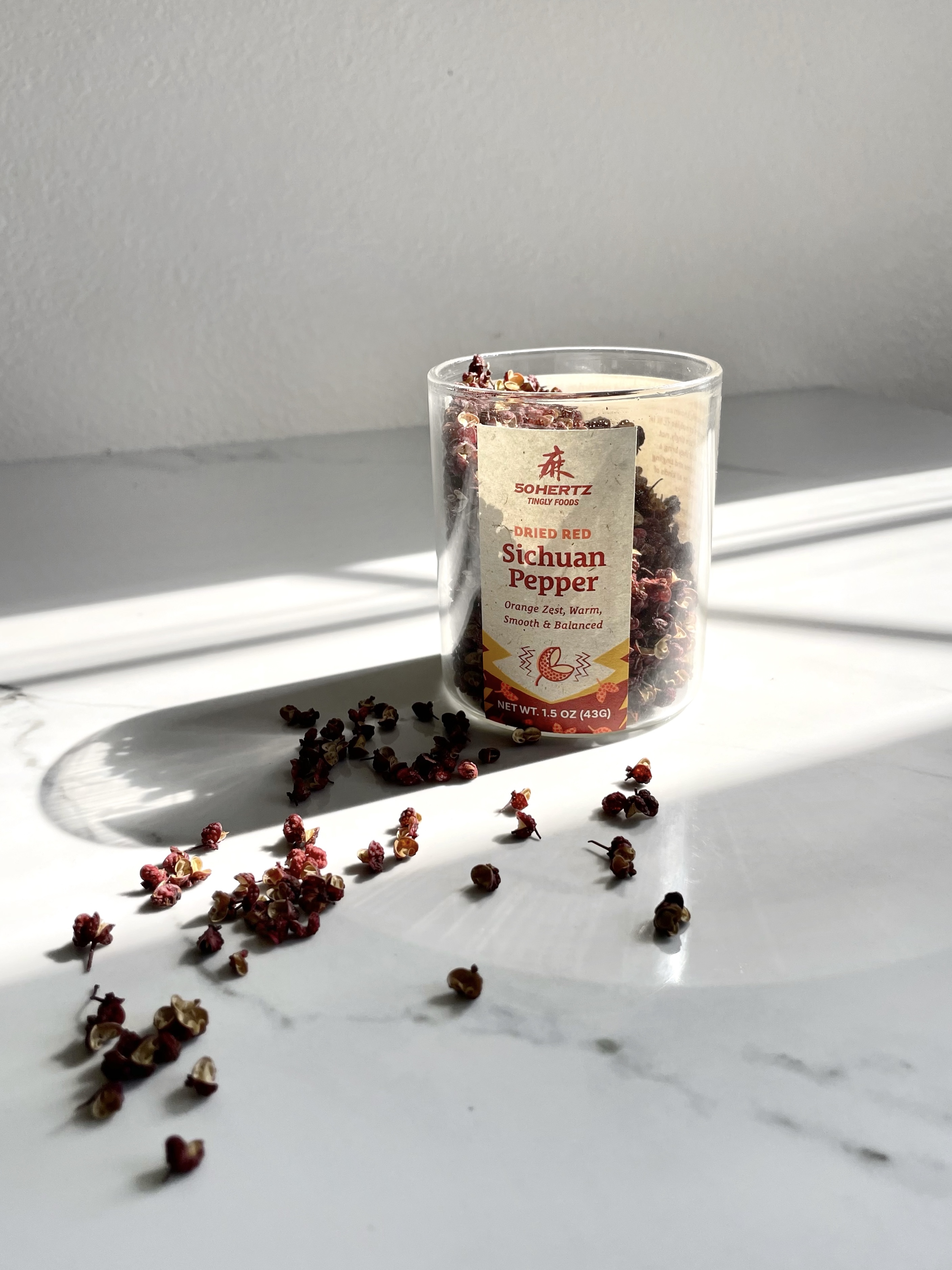

Mapo Tofu Udon
- Total Time: 15 minutes
Description
Mapo tofu udon combines the bold, spicy flavors of Sichuan-style mapo tofu with the chewy comfort of Japanese udon noodles for a rich, satisfying fusion dish.
Ingredients
- 3 cloves garlic, minced
- 1 tablespoon ginger, grated
- 1/2 lb ground pork (substitute for any ground meat)
- 16 oz. silken tofu
- 1/2 cup chopped green onions
- 2–3 servings udon noodles
- Toasted sesame seeds for garnishing (optional)
Sauce Ingredients:
- 2 tablespoons doubanjiang (chili bean paste)
- 2 tablespoon oyster sauce
- 1 tablespoon soy sauce
- 1 cup chicken, beef, or bone broth
- 1 teaspoon toasted sesame oil
- 1/2 tablespoon Szechuan peppercorns
- 1/2 tablespoon sugar
- 1 teaspoon cornstarch slurry
- 3 tablespoons chili crisp or chili oil (adjust to desired spice preference)
Instructions
- Heat some cooking oil in a large pan over medium-high heat. Add the garlic and ginger and sauté for about 1 minute, until fragrant.
- Stir in the ground pork and cook until browned, about 3-5 minutes.
- To the pan, add all the sauce ingredients and mix to ensure the meat is fully coated.
- Dice the tofu into large 1 inch cubes. Gently add the diced tofu to the pan and fold it into the sauce, being careful not to break the tofu. Stir in the green onions.
- Serve the mapo tofu over udon noodles, making sure to add sufficient broth and finish with a sprinkle of toasted sesame seeds.
- Prep Time: 5 minutes
- Cook Time: 10 minutes
Nutrition
- Serving Size: 2-3




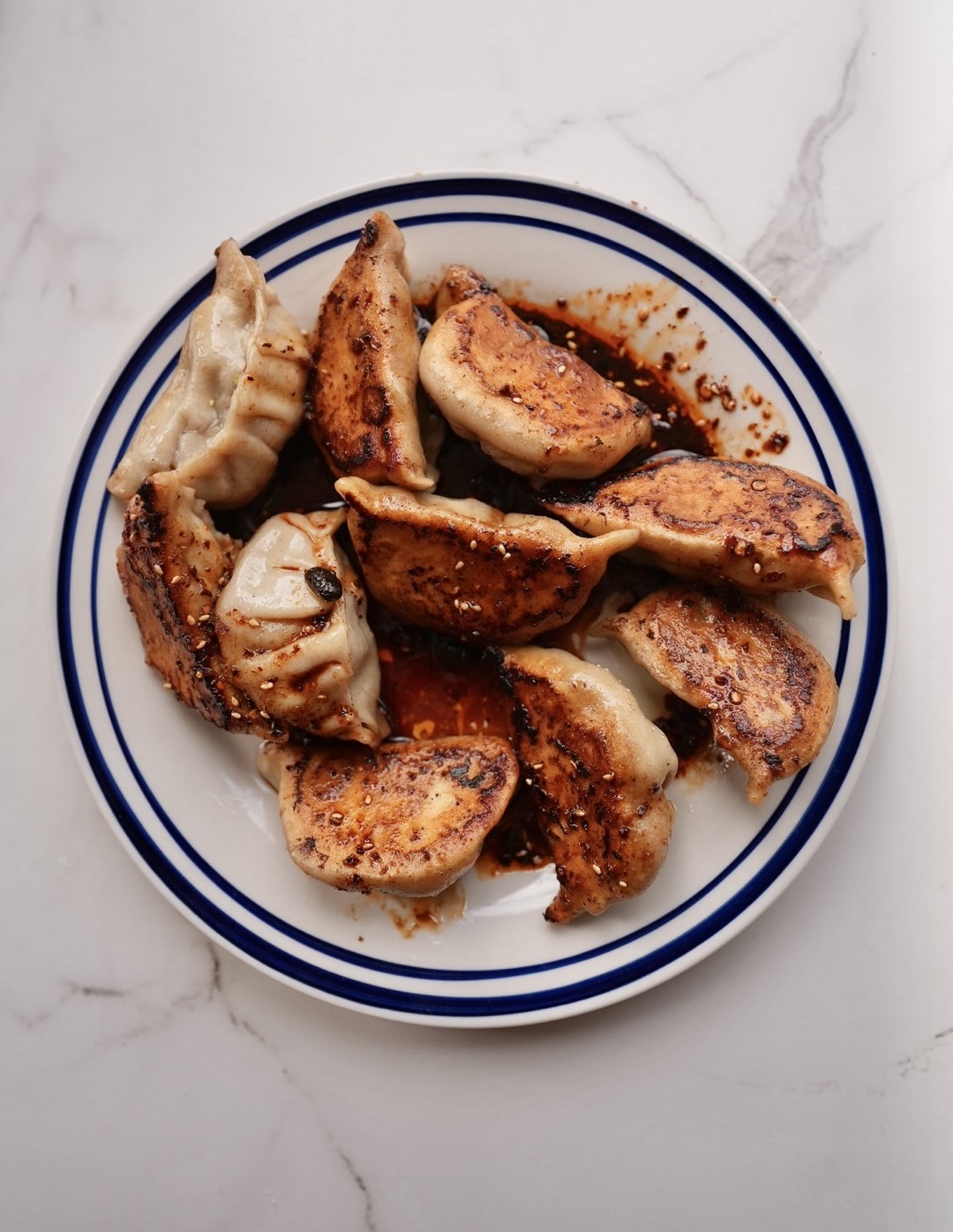
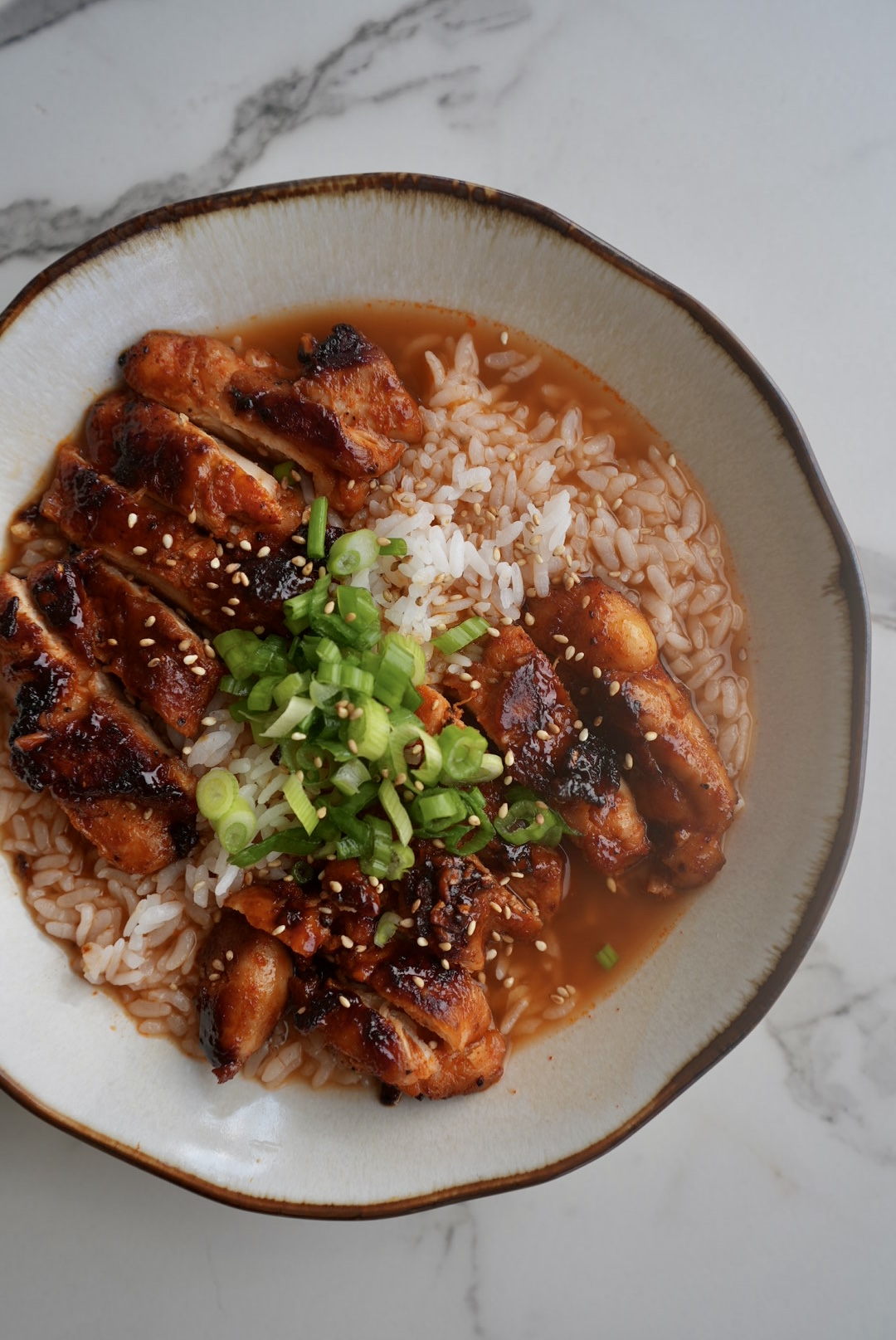
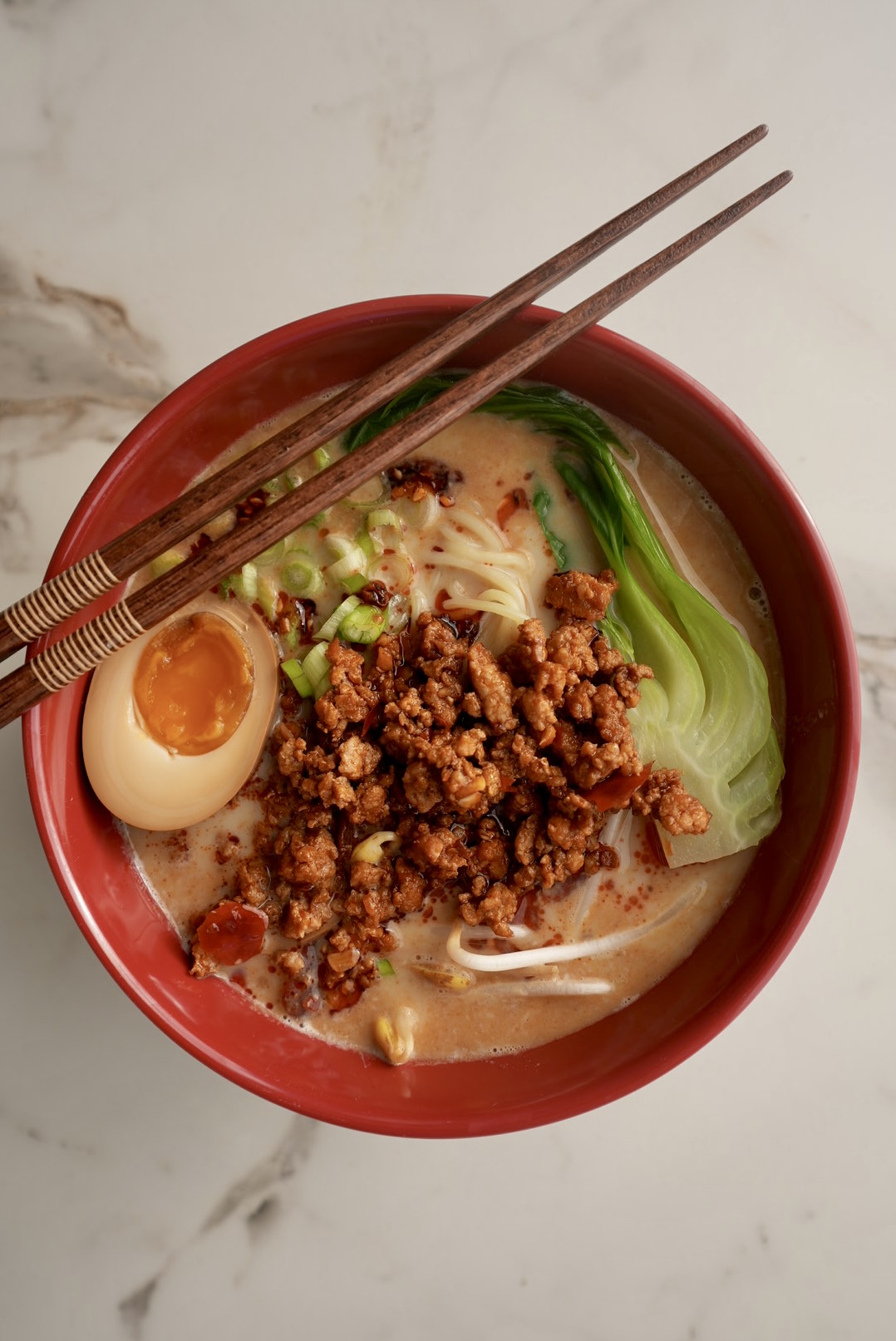
0 Comments